On Injury, Recovery, and Longevity
Last Wednesday I woke up and had mysteriously injured my knee overnight. So much so that I had trouble walking and putting weight on it. I had been perfectly fine the day before, and the day before that, had even done my morning yoga practice and gone to dance class and felt great after both experiences. But at some point I must have hyperextended in a pose for too long or done some kind of high impact jump with a weird landing, because the pain was undeniable.
And goddamnit, it was Wednesday.
Wednesday is my favorite day in Johannesburg. On Wednesday mornings, I take an amazing and uber advanced Afro Contemporary company class with the world-renowned Vuyani Dance Theatre, followed by a slow and fluid Hatha yoga class with my favorite yoga teacher in SA, Martiz Steyn, and a fun high-energy Cuban salsa social with Baila Afrika at night. It is like a yummy and delicious bite of my entire dance and movement background in 1 glorious day- the fluid modern dance, the centering spiritual yoga practice, and the rhythmic freestyle of Afro-Latin social dances.
Needless to say, I fucking love Wednesdays in Joburg.
But that day I woke up and my body was denying me all three of these experiences. Telling me to stop moving, slow down, and take care of myself. So, reluctantly, I did.
As I did last December, when a reoccurring condition in a reproductive gland flared up again worse than ever and required a last minute surgery and a month of bedrest and recovery. That time, I had to drop out of a series of performances I was doing with Viver Brasil dance company and give up my spot in BodyTraffic’s highly competitive winter dance intensive with world-renowned choreographer Kyle Abraham. I was heartbroken. And deeply afraid.
I was afraid that I was wasting time, at 27 years old and at the prime of my career, wasting time to be reaping the most of my dancing body. Afraid that the instrument I depend on the most, my body, was failing me and how the hell am I supposed to make a living without it. Afraid I was losing professional momentum I had worked so hard to build, and afraid of whatever was going on inside me that was causing such mysterious and extreme physical ailments on the outside.
Having to stop working and slow everything down for a month allowed me (ehem, forced me) to confront all of this head on. After all, I could only binge watch Netflix for so long. So, when I finally felt ready, I sat with all of it and began having some profound breakthroughs, the ripples of which I am still feeling today.
I came to realize the abundance of time, and thus my ability to move more slowly, confidently and patiently through my career. Ironically, I came to realize just how strong and not fragile my body actually was, cultivating a deep gratitude for its resiliency. And I came to understand the cyclical nature of my life as an artist, that it is impossible for me to be dancing full out, rigorously training and generating work, at all times of my career. There will naturally be moments of rest, reflection, recovery, and cerebral work, and though I have a preference for the highly physical, it doesn’t mean that all that other stuff is less valuable or less productive. In fact, all of it is symbiotic and completely necessary.
Today, I still feel tested, trying to cultivate a deep love of and appreciation for my body exactly as it is – whether it is toned and defined, stronger and more fluid, or rounder and softer, slower and more anchored. Because my body is my instrument, the site through which I investigate and generate ideas, it will shift and change as much as my work does.
At the moment, I am trying to soak up as much as I can of my last 10 days in Johannesburg – eating delicious greasy braai barbeque and creamy milk tarts, and wanting to take all of my favorite dance and yoga classes but unable to due to my knee injury, the combination of which is making my body a little rounder and less sprightly than I would like. But hey, it’s just the point I’m at in the cycle. In a few days my knee will heal, and I will be back at the yoga mat and the dance floor in all my sweat and glory.
I once heard Amara Tabor-Smith, a visionary dance artist based in the Bay Area and one of my favorite choreographers, say that people nowadays mistakenly confuse their bodies as theirs, when in reality, our bodies were never really ours to begin with. Reading Thich Nhat Hanh’s “How To Eat” this morning reminded me of that golden piece of wisdom Amara shared, a simple and profound section titled “Your Body Belongs to the Earth”:
“In modern life, people tend to think their bodies belong to them, that they can do anything they want to themselves. But your body is not only yours. Your body belongs to your ancestors, your parents, and future generations. It also belongs to society and to all the other living being. The trees, the clouds, the soil, and every living thing brought about the presence of your body. We can eat with care, knowing we are caretakers of our bodies, rather than their owners.”
To that, I add, we can dance - train, perform, teach, create, work - with care too.

